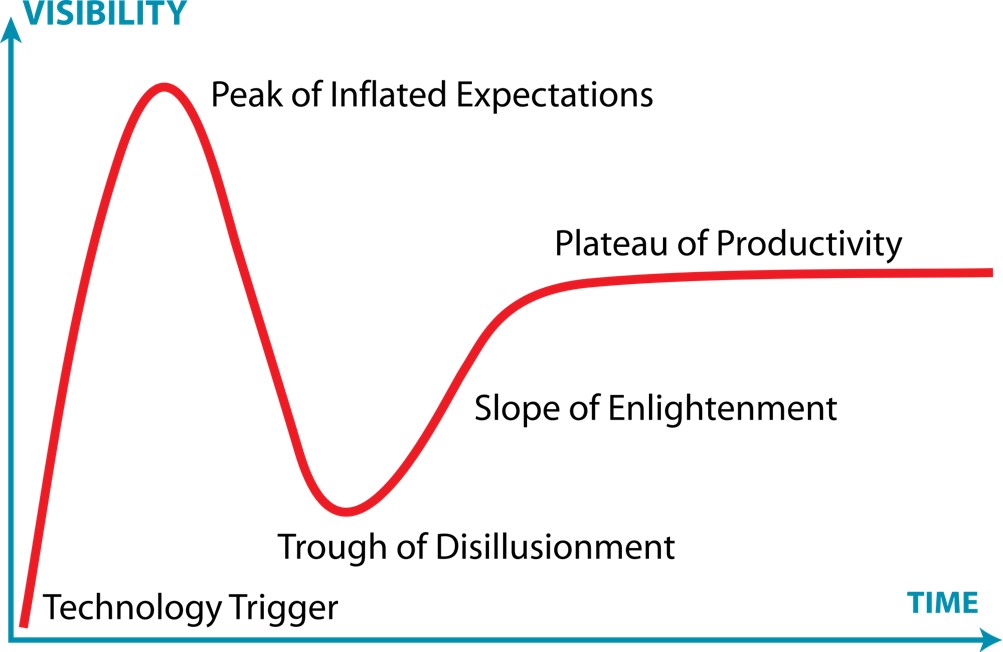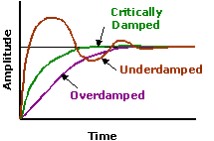“The man who grasps principles can successfully select his own methods. The man who tries methods, ignoring principles, is sure to have trouble.”
Ralph Waldo Emerson
Emerson’s aphorism is one I find myself using a lot these days. The fact that I find myself having to do it is fairly depressing. But then again not nearly so depressing as realising that, after I’ve said it, most people don’t seem to understand what it means.
Sure, I think they nod sagely and are able to get the intended meaning from an intellectual perspective. The problem seems to come the moment we’re asked to contextualise that intended meaning. Then things seem to go awry fairly quickly.
Here’s an example of the sort of thing I see going wrong: The Hype Cycle:
It’s a lovely model of how an innovation attempt made today is likely to progress. Because it’s a lovely model, it gets turned in to a not-so-lovely book, ‘Mastering The Hype Cycle’. And an even less lovely ‘method’ that supposedly allows innovators to navigate the various stages and phases of the Cycle.
I’ve seen lots of them, in fact, commiting ever larger amounts of time and resource to precisely that task. I’ve even seen some bring in Gartner – the discoverers of the model – to run the method for them. No doubt compounding the money part of the resource dimension by an order of magnitude.
Sometimes ‘running the method’ may be the expedient thing to do, but what Ralph Waldo was trying to get us to think about was that we also need to dig deeper. Principle beats method. And in this regard let there be no mistaking the fact that the Hype Cycle is all about method and not about Principles. There are no principles involved in the Hype Cycle, it’s merely an empirically observable characteristic of most modern-day innovation attempts.
Show the Hype Cycle to a control system engineer, however, and they’ll very quickly tell you what the underlying principle of the Hype Cycle actually is. What you have there, they’ll say, is an archetypal under-damped system.
Utilising the Hype Cycle ‘method’ allows a team to manage the Hype Cycle. But only if they understand this underpinning under-damped system principle will they ever come to realise that they’re actually managing something that really doesn’t need to be there. The system only oscillates because there’s not enough damping in the system. If you want to avoid having a Hype Cycle at all, the underlying principle tells us the simple answer involves adding the critical level of damping to the system.
Without wishing to spend too much time attacking the Hype Cycle, when I look at the management literature these days I see an awful lot of method and barely any first principles any more. No, in reality the problem is worse than that. Surely, I thought, someone, somewhere must’ve compiled ‘all’ of the first principle knowledge of the world into a single tome. Turns out they haven’t. Perhaps that’s the next thing I need to add to my job list?


